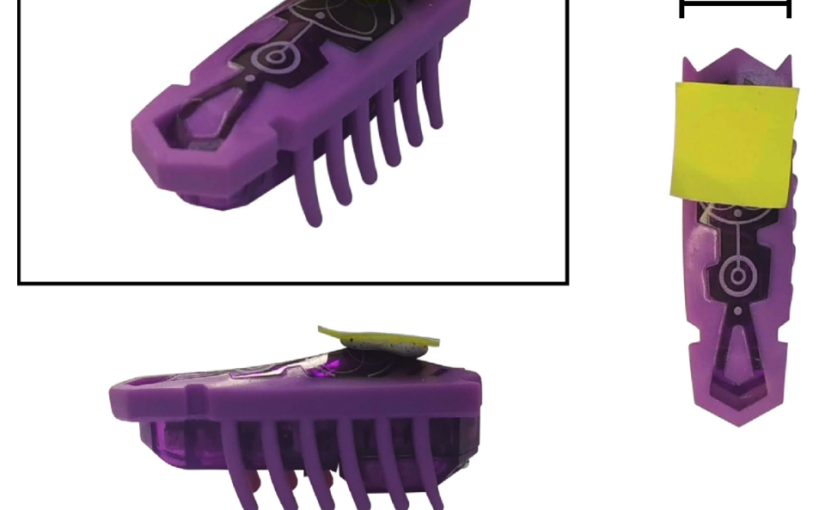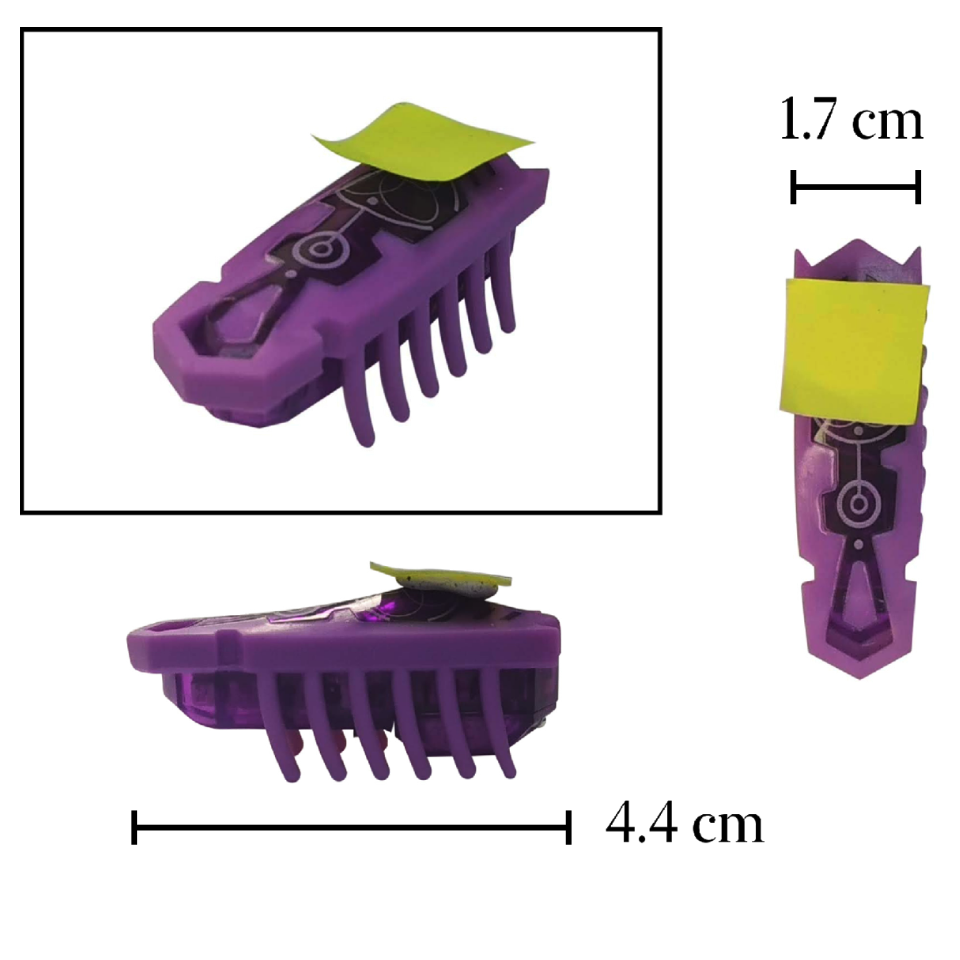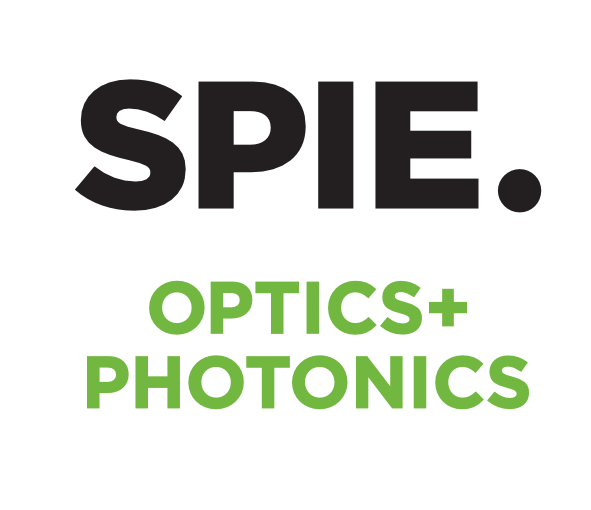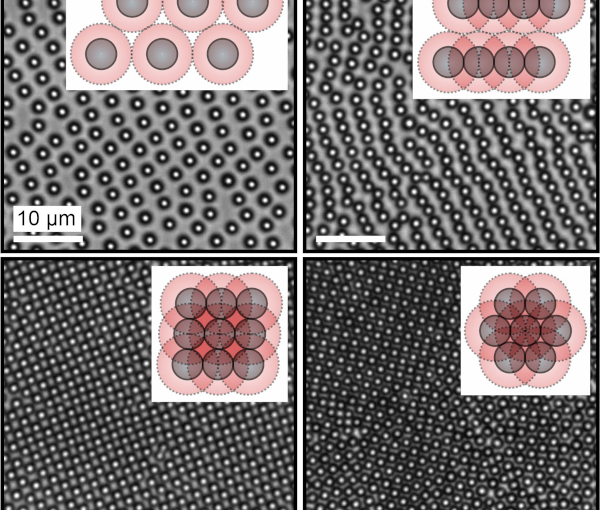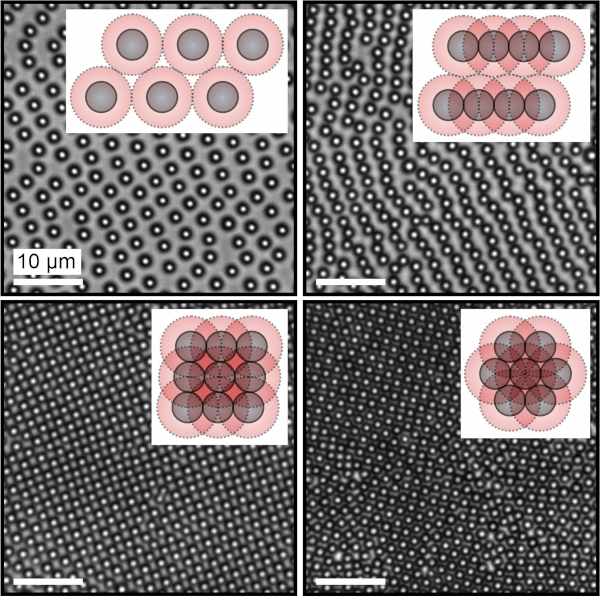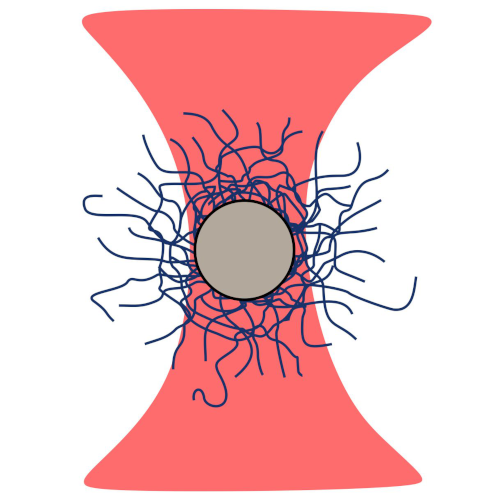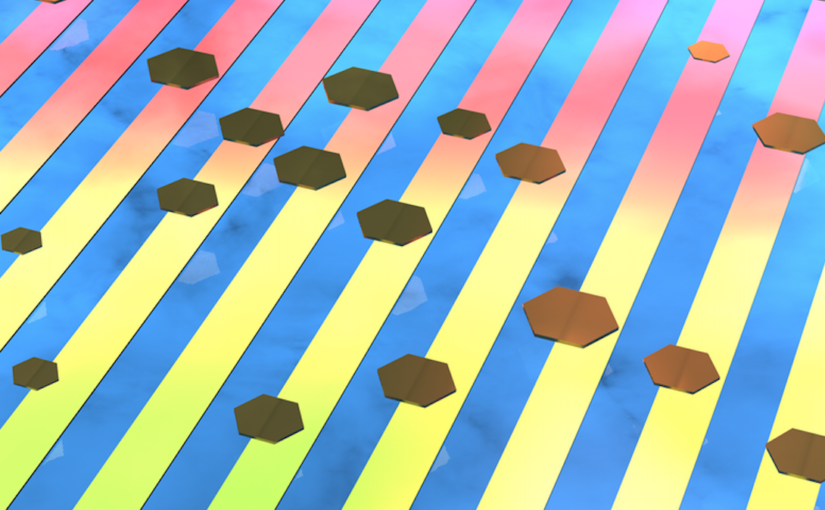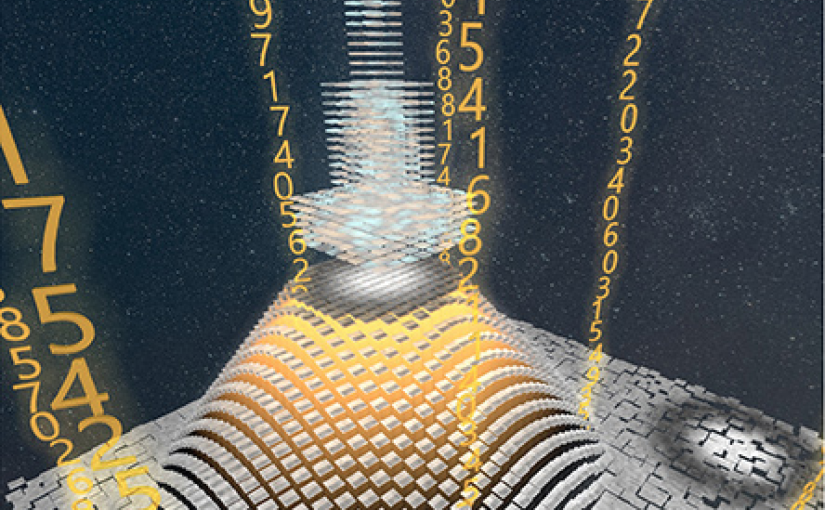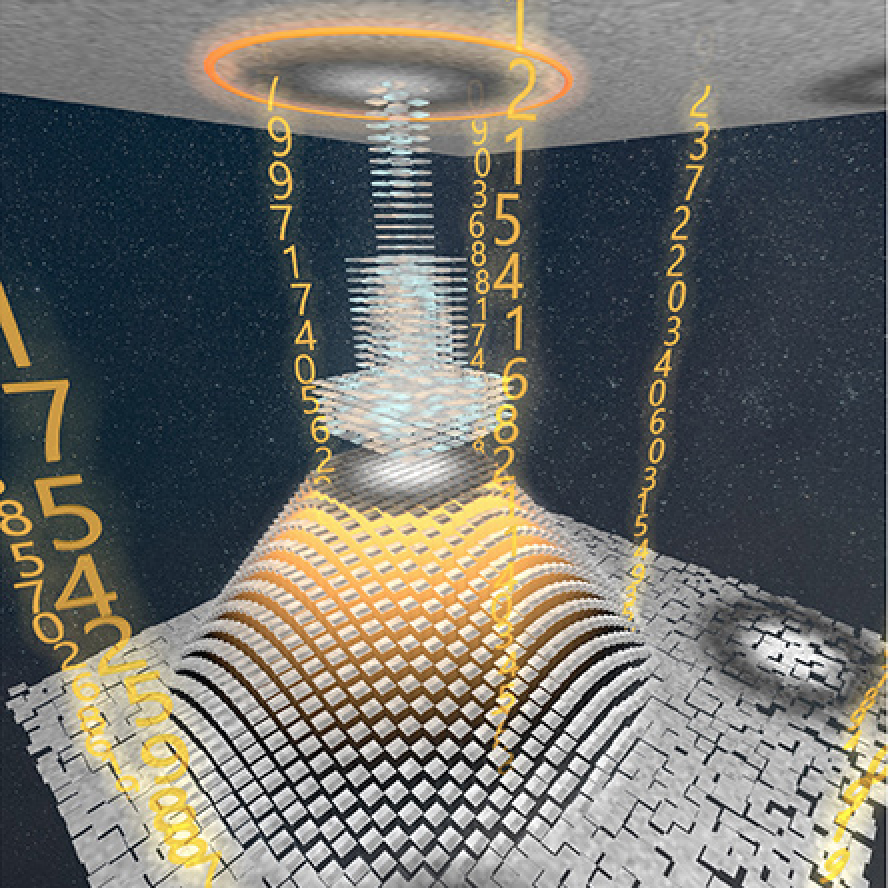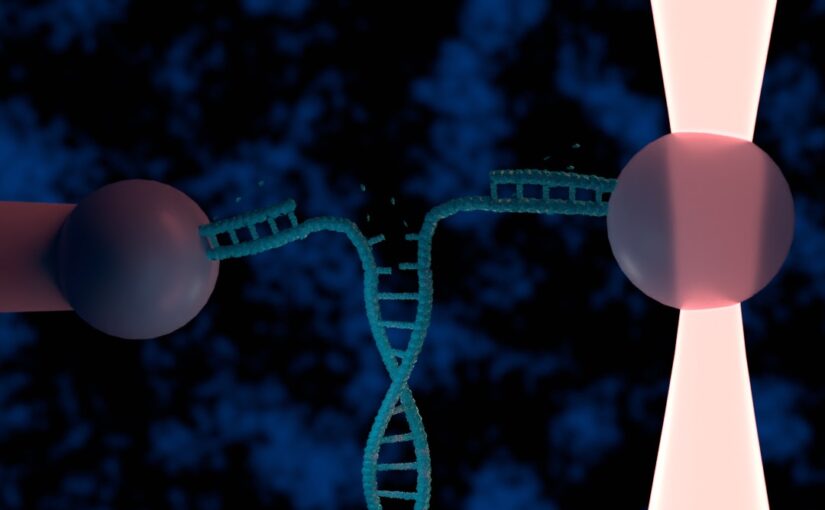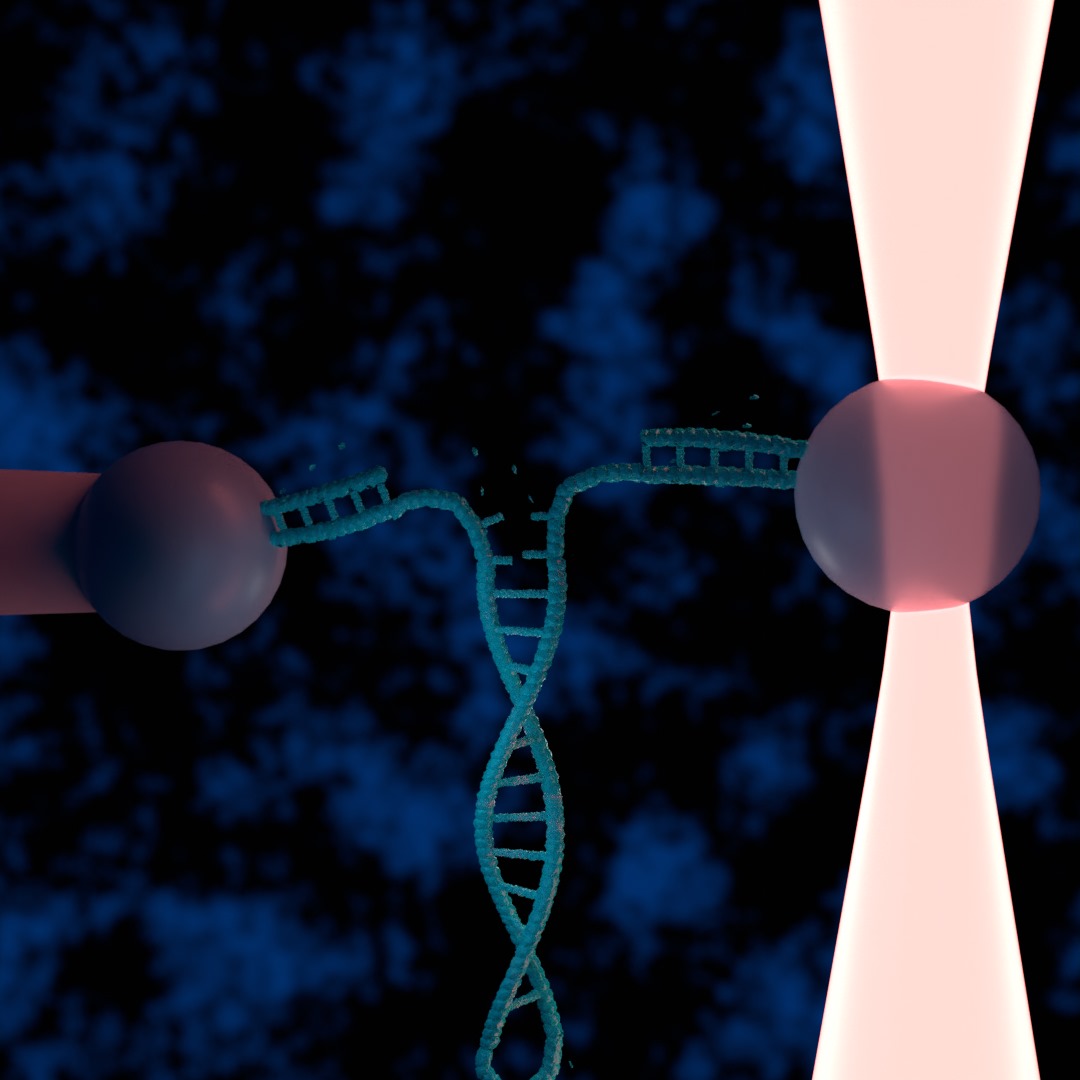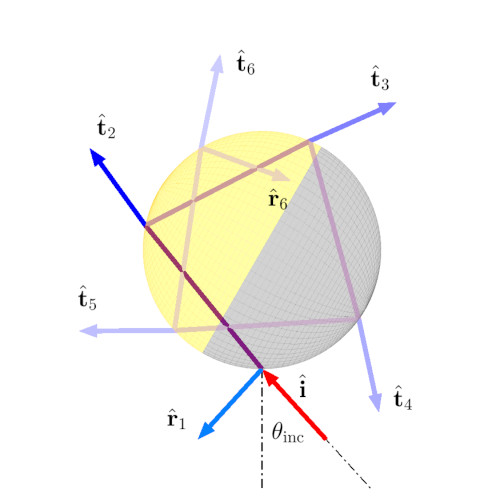
Agnese Callegari, Giovanni Volpe
SPIE-OTOM, San Diego, CA, USA, 20 – 24 August 2023
Date: 21 August 2023
Janus particles are microscopic objects characterized by one feature with dual properties. Typical examples of Janus particles are metal-coated silica particles, widely used in soft and active matter applications because of their versatility and relative simplicity of their fabrication. Janus particles are often utilized in the presence of optical potentials. Given the non-homogeneous nature of their refractive index composition, the interaction between the Janus particle and light is non-trivial to model: in addition to the optical force, the particle experiences an optical torque, even in the case of spherically shaped Janus particles, and its metallic cap can also absorb part of the optical power impinging on the particle. Here, we provide a description of the Janus particle in the geometrical optics approximation, and an implementation for calculating forces, torques, and absorption on partially coated Janus particles of spherical and ellipsoidal shape. This implementation is based on the existing OTGO toolbox, developed in Matlab for calculating optical forces and torques in the geometrical optics regime. We first validate our model against the known experimental results and show that interesting dynamical effects arise in the presence of travelling-wave optical potential.
